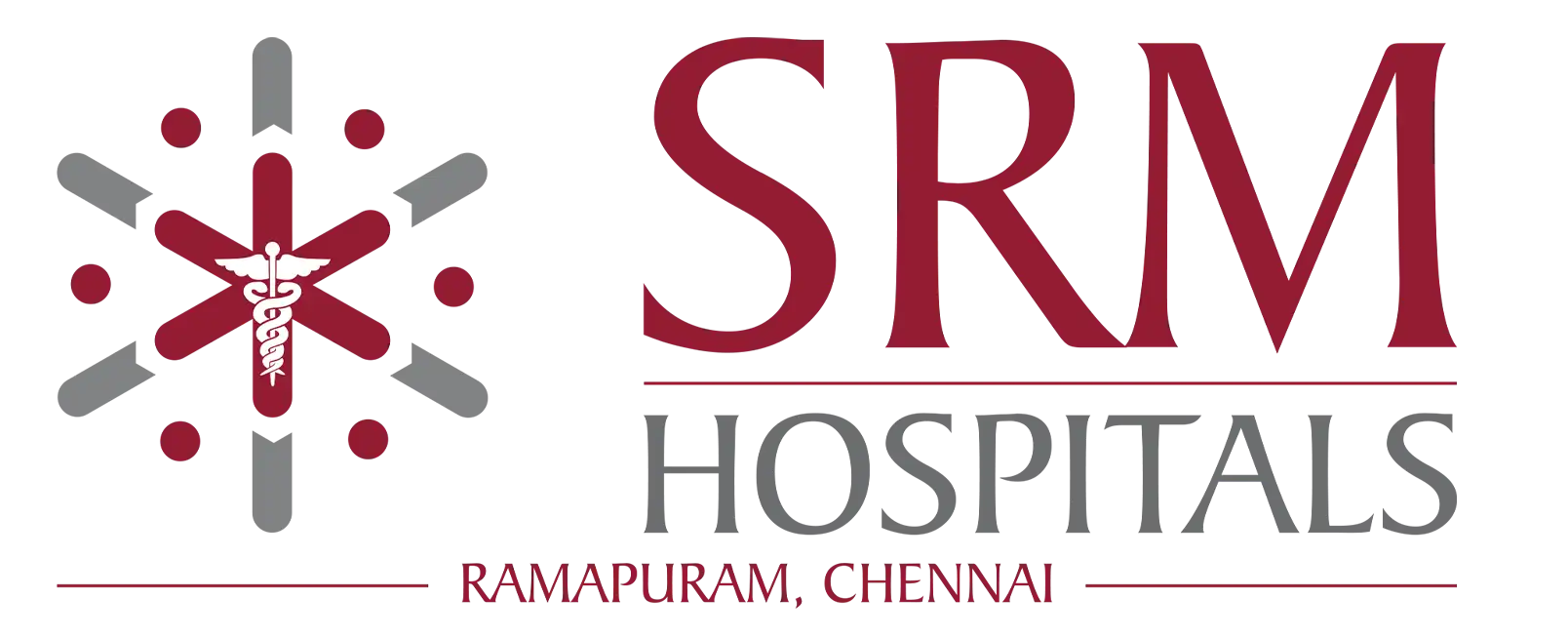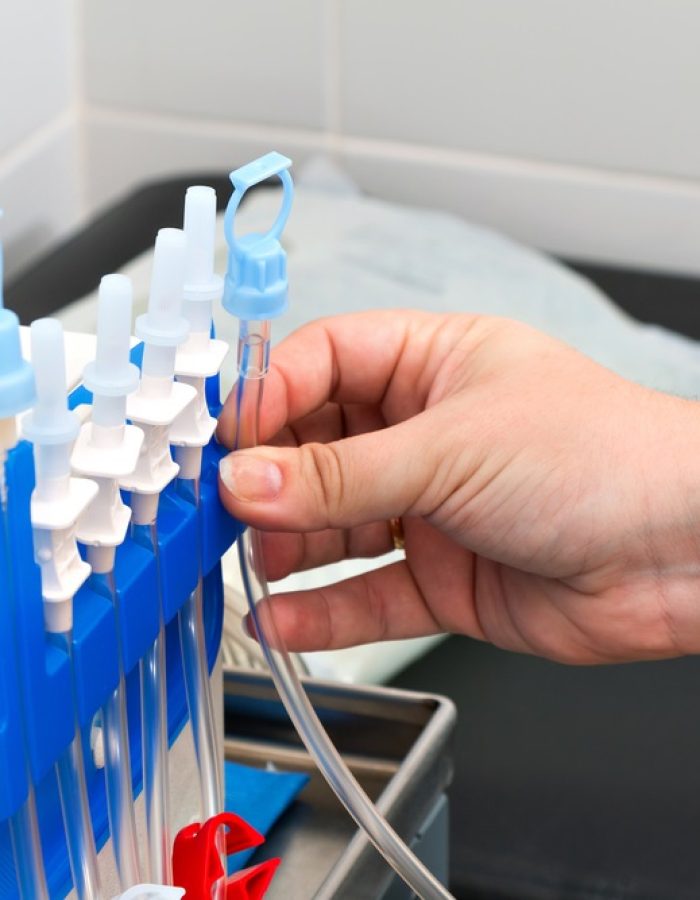
What is Liver Dialysis (MARS Therapy) ?
MARS therapy stands for Molecular Adsorbent Recirculating System, but is often referred to as liver dialysis. Liver dialysis is done when the patient has severe liver disease or poisoning The doctors look at the following factors before performing MARS in liver patients:
- The current condition of the liver
- Chances of curability
- Cause of liver dysfunction

